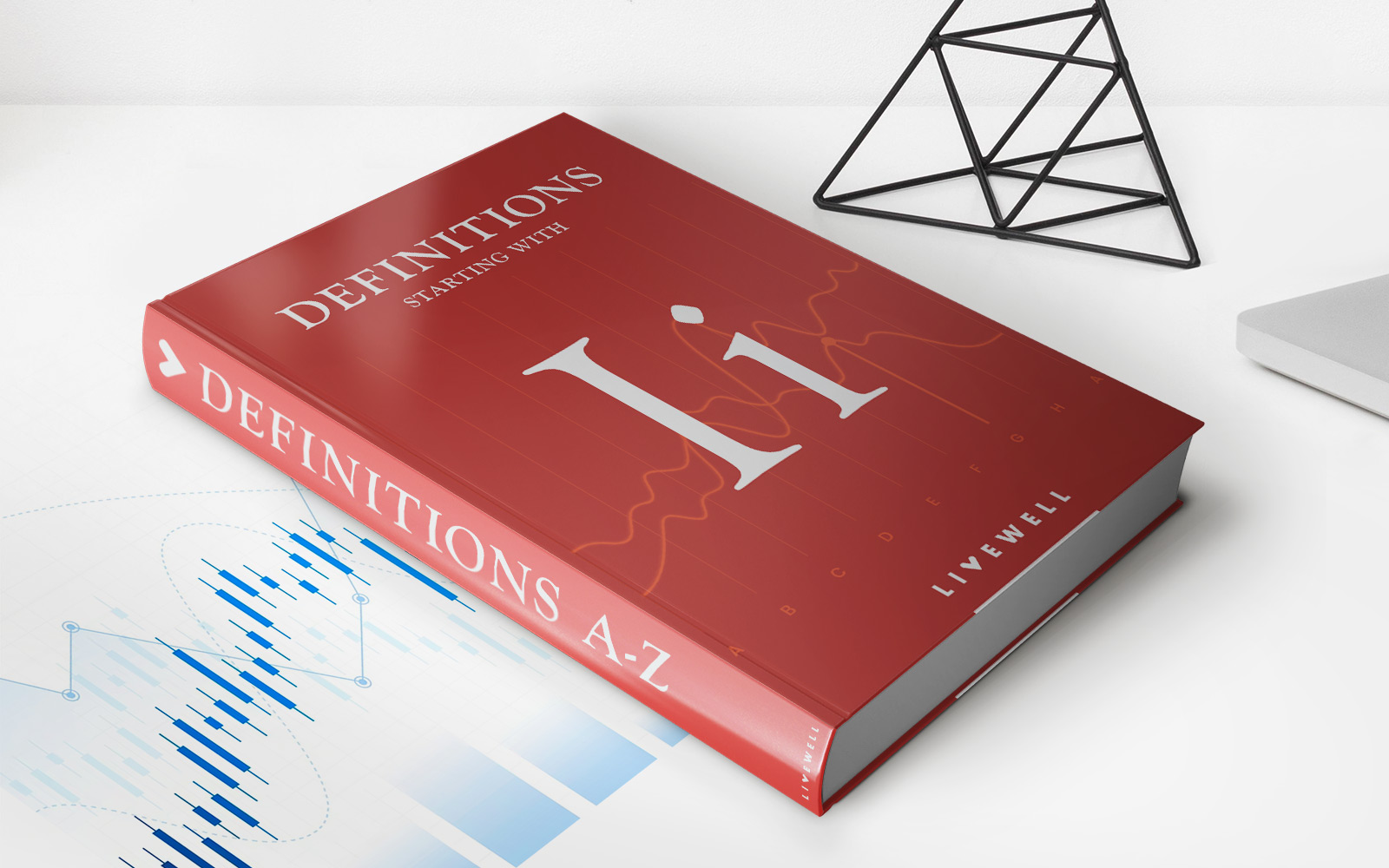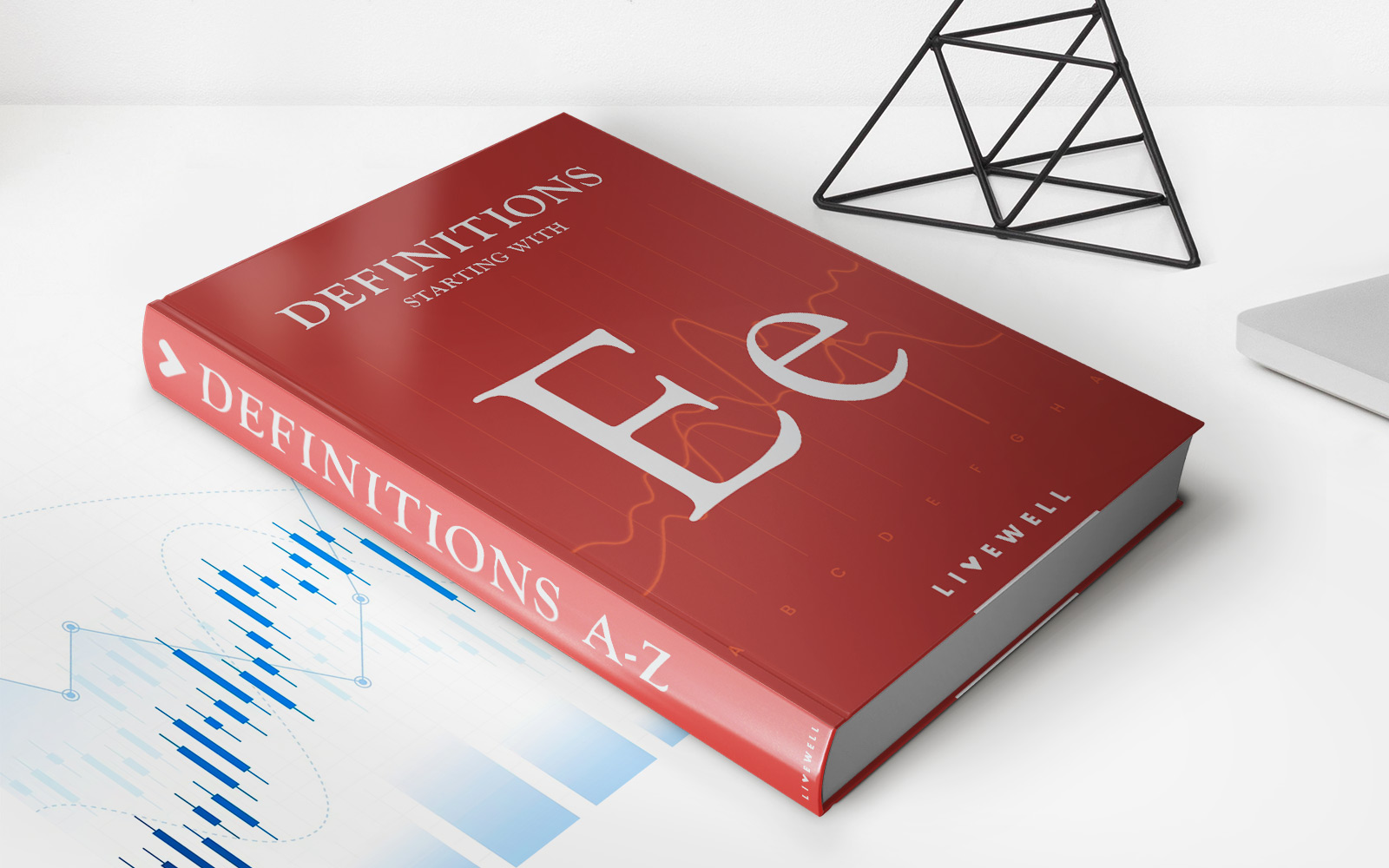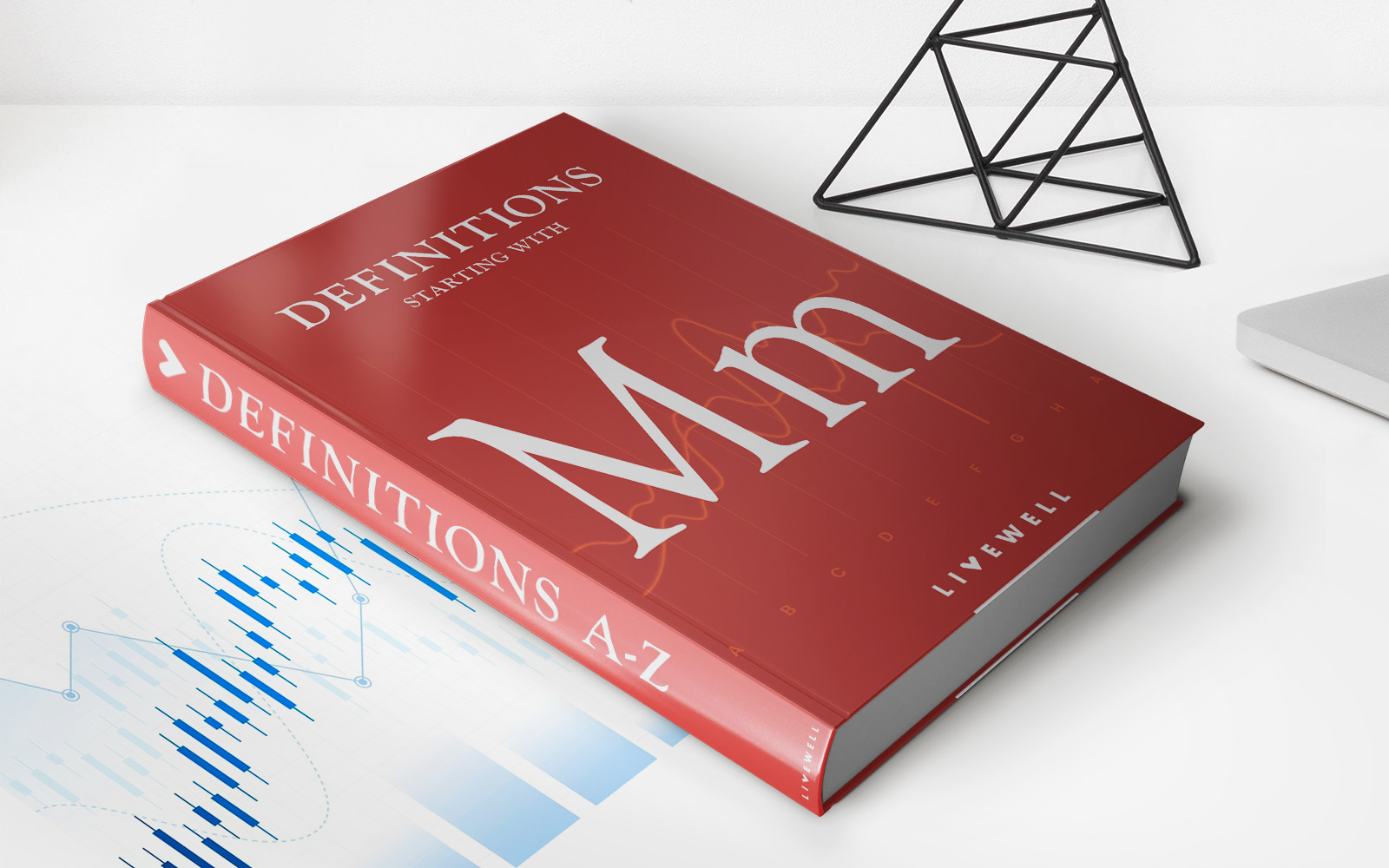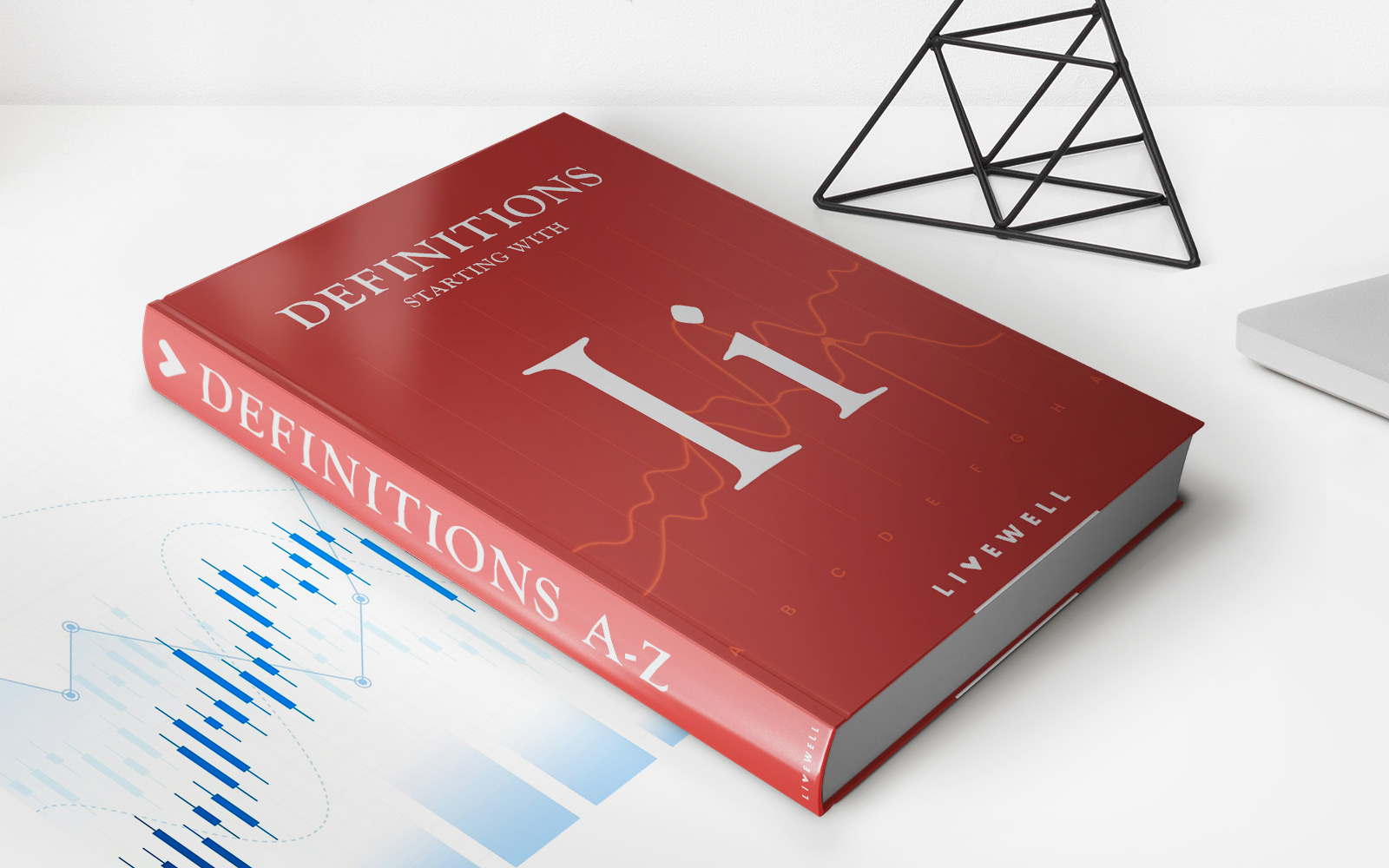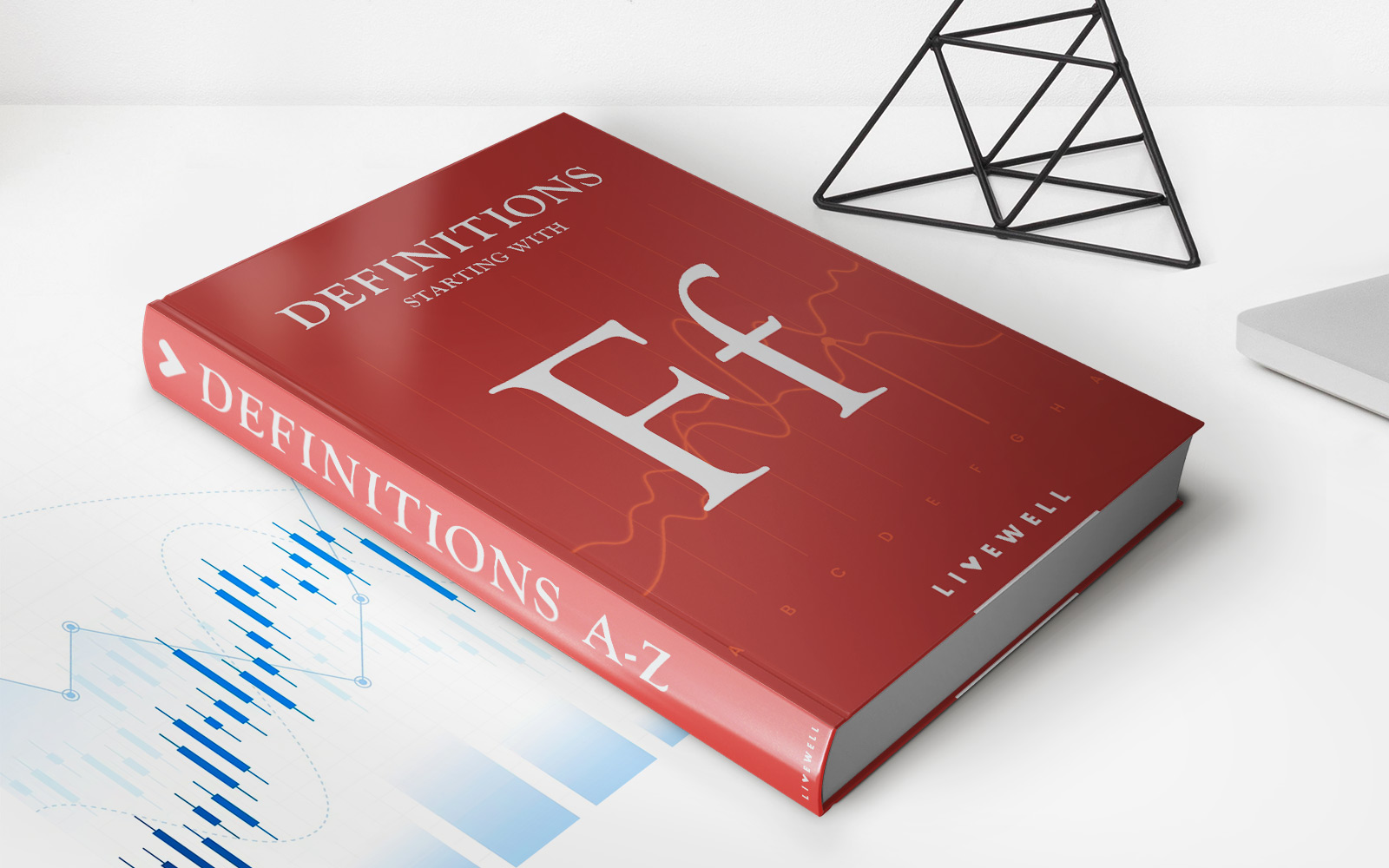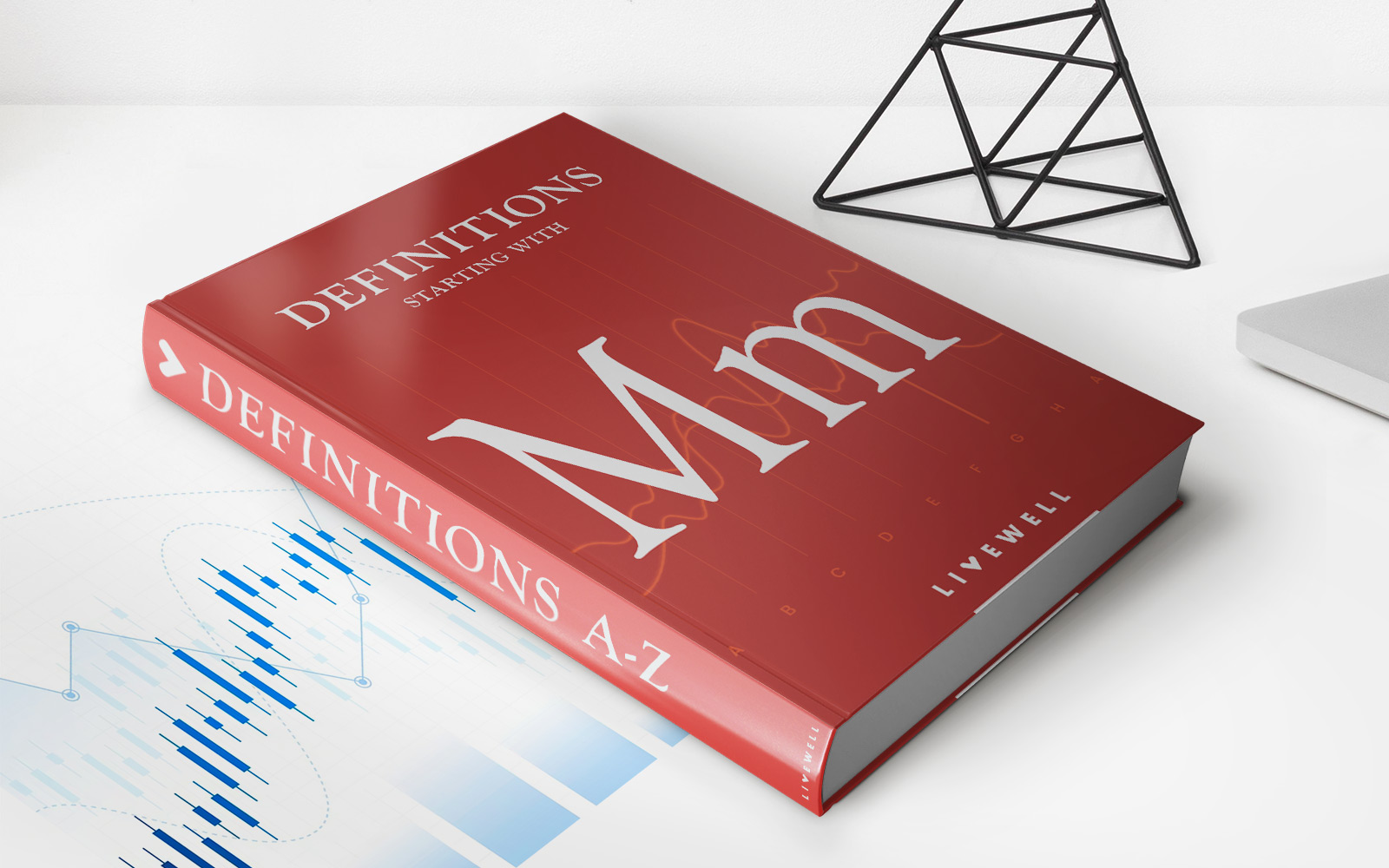

Finance
Mechanical Investing Definition
Published: December 24, 2023
Learn the definition of mechanical investing in finance and how it can help you make informed investment decisions.
(Many of the links in this article redirect to a specific reviewed product. Your purchase of these products through affiliate links helps to generate commission for LiveWell, at no extra cost. Learn more)
Understanding Mechanical Investing: Definition, Benefits, and Strategies
When it comes to achieving financial success, having a solid investment strategy is crucial. But with countless investment options available, it can be overwhelming to figure out the best approach. One popular method that stands out for its simplicity and effectiveness is mechanical investing. In this blog post, we will explore the definition of mechanical investing, its benefits, and some key strategies to consider. Whether you’re a novice investor or a seasoned pro, understanding mechanical investing can help you make informed decisions that align with your financial goals.
Key Takeaways:
- Mechanical investing is an investment strategy that relies on a set of predetermined rules or criteria rather than subjective decision-making.
- By removing emotional biases and guesswork, mechanical investing provides a systematic approach that can lead to consistent returns over time.
What is Mechanical Investing?
Mechanical investing, also known as rules-based investing or systematic investing, is an investment strategy that uses a set of predefined rules or criteria to determine which securities to buy, hold, or sell. Unlike traditional investing methods where decisions are often driven by emotions or market trends, mechanical investing takes a more objective and disciplined approach.
Mechanical investing strategies can be based on various factors, such as financial ratios, price movements, or growth indicators. These rules are usually developed based on extensive historical data or quantitative models. The idea is to eliminate human biases and emotions that can cloud judgment and lead to irrational investment decisions.
The Benefits of Mechanical Investing:
Mechanical investing offers several benefits that can make it an attractive strategy for investors:
- Eliminating Emotional Bias: Emotions such as fear and greed can often influence investment decisions, leading to impulsive actions. Mechanical investing removes these emotional biases, as the decisions are based solely on predetermined rules and criteria.
- Consistency: By following a mechanical investment strategy, investors can maintain consistency in their decision-making process. This eliminates the temptation to deviate from the plan based on short-term market fluctuations or external factors.
- Reducing Labor Intensity: Mechanical investing can be less time-consuming compared to more active investment approaches. Once the rules are established, investors can automate their trades or spend less time monitoring the market.
- Backed by Data and Research: Mechanical investing strategies are built on extensive historical data and quantitative models. This data-driven approach provides a solid foundation backed by research, increasing the likelihood of making informed investment decisions.
Common Mechanical Investing Strategies:
There are various mechanical investing strategies, each catering to different investment goals and risk tolerances. Here are a few commonly used strategies:
- Trend Following: This strategy involves following the long-term trend of an asset’s price. The idea is to buy when the price is increasing and sell when it starts to decline.
- Value Investing: Value investing focuses on identifying undervalued stocks or assets that have the potential for long-term growth. This strategy involves buying assets that are priced lower than their intrinsic value.
- Dividend Investing: Dividend investing focuses on investing in companies or assets that consistently pay dividends. The goal is to generate a passive income stream through the dividends received.
- Pairs Trading: Pairs trading involves identifying and simultaneously buying an undervalued asset while short-selling an overvalued asset within the same industry or sector. This strategy relies on the assumption that the two assets will eventually converge in value.
It’s essential to note that while mechanical investing can offer various benefits, it’s not a guaranteed path to success. It’s crucial to thoroughly research and evaluate any strategy or rule set before implementing it in your investment portfolio. Additionally, periodic reviews and adjustments may be necessary as market conditions and trends evolve.
In conclusion, mechanical investing provides a systematic and disciplined approach to investment decision-making. By removing emotional biases, maintaining consistency, and relying on data-driven rules, investors can increase their chances of making informed decisions and achieving their financial goals. Whether you choose to follow a trend-following approach or opt for value investing, understanding and incorporating mechanical investing strategies can help you navigate the complex world of finance.
